What’s Making Our Children Sick?: How Industrial Food Is Causing an Epidemic of Chronic Illness, and What Parents (and Doctors) Can Do About It
Exploring the links between GM foods, glyphosate, and gut health With chronic disorders among American children reaching epidemic levels, hundreds of thousands of parents are desperately seeking solutions to their children’s declining health, often with little medical guidance from the experts. What’s Making Our Children Sick? convincingly explains how agrochemical industrial production and genetic modification
Exploring the links between GM foods, glyphosate, and gut health
With chronic disorders among American children reaching epidemic levels, hundreds of thousands of parents are desperately seeking solutions to their children’s declining health, often with little medical guidance from the experts. What’s Making Our Children Sick? convincingly explains how agrochemical industrial production and genetic modification of foods is a culprit in this epidemic. Is it the only culprit? No. Most chronic health disorders have multiple causes and require careful disentanglement and complex treatments. But what if toxicants in our foods are a major culprit, one that, if corrected, could lead to tangible results and increased health? Using patient accounts of their clinical experiences and new medical insights about pathogenesis of chronic pediatric disorders―taking us into gut dysfunction and the microbiome, as well as the politics of food science―this book connects the dots to explain our kids’ ailing health.
What’s Making Our Children Sick? explores the frightening links between our efforts to create higher-yield, cost-efficient foods and an explosion of childhood morbidity, but it also offers hope and a path to effecting change. The predicament we now face is simple. Agroindustrial “innovation” in a previous era hoped to prevent the ecosystem disaster of DDT predicted in Rachel Carson’s seminal book in 1962, Silent Spring. However, this industrial agriculture movement has created a worse disaster: a toxic environment and, consequently, a toxic food supply. Pesticide use is at an all-time high, despite the fact that biotechnologies aimed to reduce the need for them in the first place. Today these chemicals find their way into our livestock and food crop industries and ultimately onto our plates. Many of these pesticides are the modern day equivalent of DDT. However, scant research exists on the chemical soup of poisons that our children consume on a daily basis. As our food supply environment reels under the pressures of industrialization via agrochemicals, our kids have become the walking evidence of this failed experiment. What’s Making Our Children Sick? exposes our current predicament and offers insight on the medical responses that are available, both to heal our kids and to reverse the compromised health of our food supply.

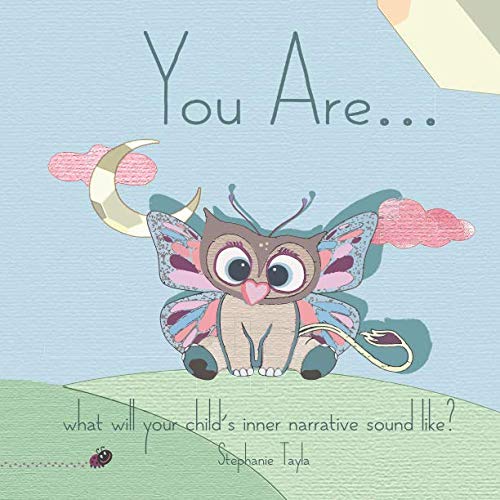
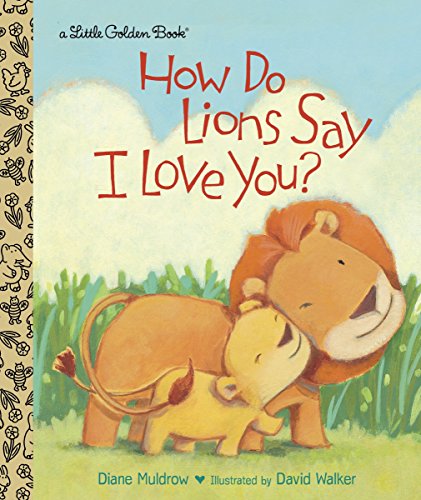
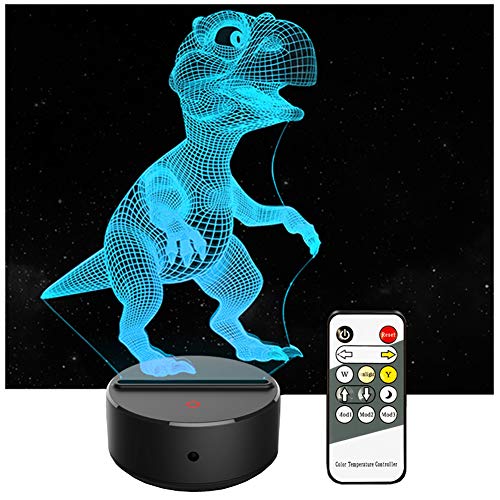
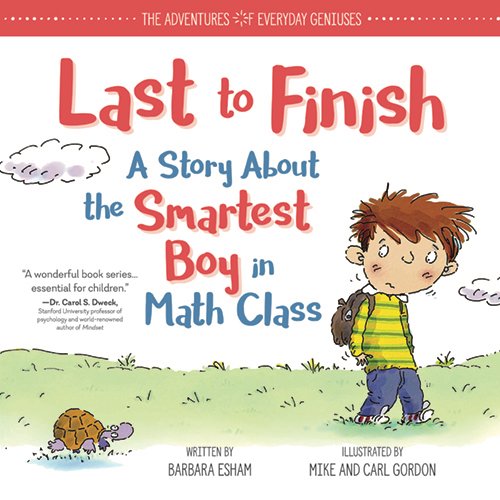
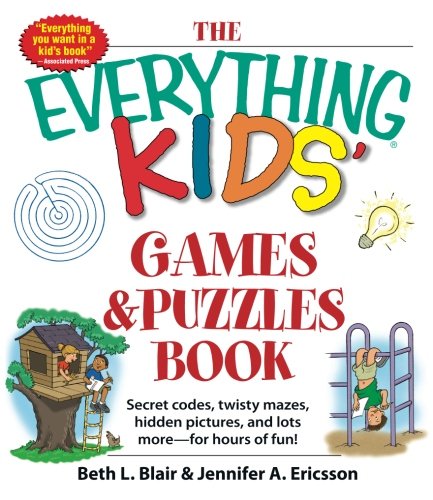
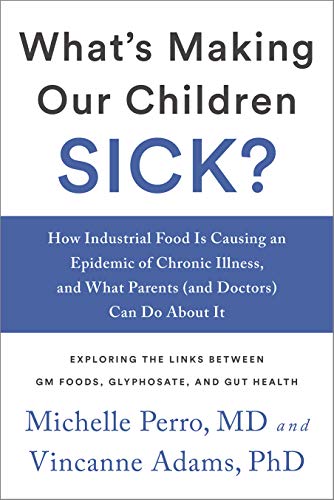
You are what you eat. Dr. Perro and Dr. Adams provide a clear, compelling and very readable discussion of what’s making too many of our children sick. They prescribe a simple, radical remedy: a food-focused approach to treatment. As Perro and Adams describe why our children’s bodies (and our own) stagger and stumble under the toxic load in the genetically modified and pesticide-laced food we put on the table, they stress the benefits of organic food and the value of eliminating indigestible and/or harmful staples of…
Read this book for your kidâs sake! Perro and Adams have written an informative, well-researched and thought-provoking book for parents and health care professionals alike. Itâs easy to read (much to my surprise and delight) and offers some common sense and simple solutions to help make ourselves and our kids healthier (eat organic, non-GMO foods for starters). Cleaning up the industrial food supply in the United States is a monstrous challenge, but as Dr. Perro has repeatedly demonstrated, by adopting a food-focused approach to…
“Must Read” for all Parents This book has become my “go to” gift for all new parents. It is informative, easy to read, easy to understand and gives concrete steps for parents to take to improve their child’s health. I wish I had this information when my own children were small!